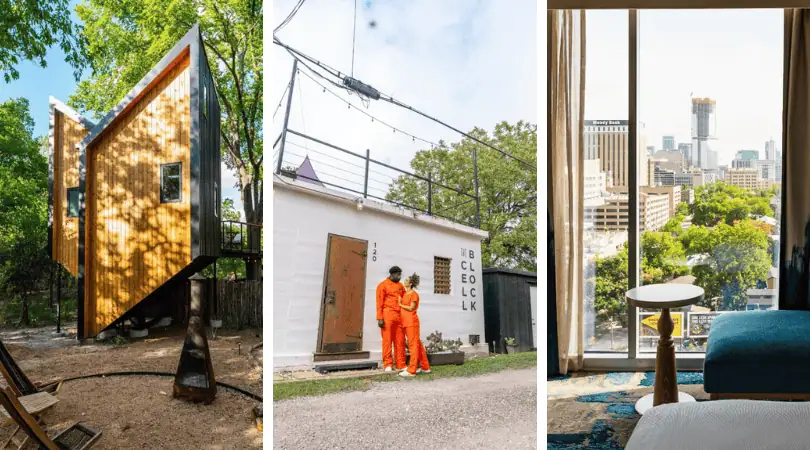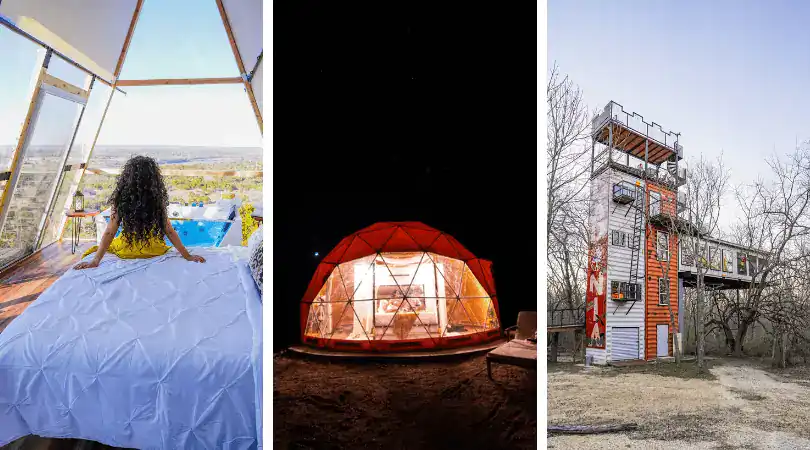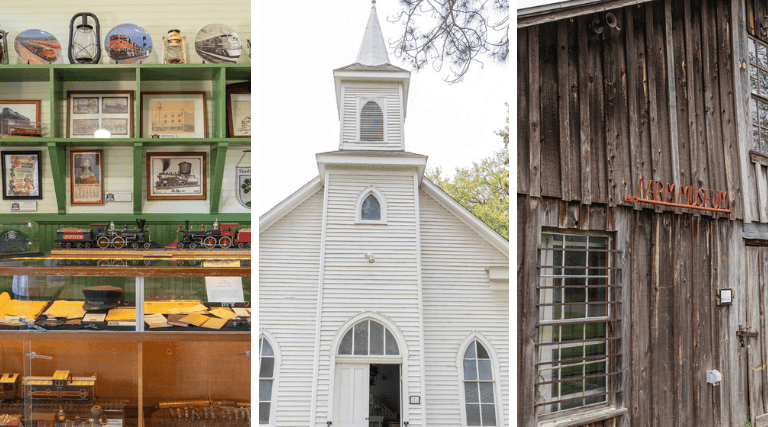
I’ve always loved uncovering the deeper stories in small towns. Tomball has many layers that we sought to uncover. The most popular are around the Tomball Museum Center, the Tomball Railroad Depot, and the unique oil story. Humble Oil gave residents free water and natural gas in exchange for drilling rights up until 1988.
However, further down the surface you find stories about the Black landowners in the 1800s and Native American villages that existed here until the 1920s. As I explored the museums, walked the streets, and heard from local storytellers, it became clear that Tomball’s past is filled with resilience, transformation, and quiet contributions that helped shape this part of Texas.
Whether you’re looking for historic places in Tomball, hoping to understand the town’s past, or searching for meaningful things to learn about Tomball, this guide is for you.
Table of Contents
Tomball Museum Center: Where History Comes to Life
Visiting the Tomball Museum Center can feel like time travel. This collection of preserved and relocated buildings includes the Griffin House (formerly Pillot House), a one-room schoolhouse, a log cabin, and even a 1930s oil camp house.
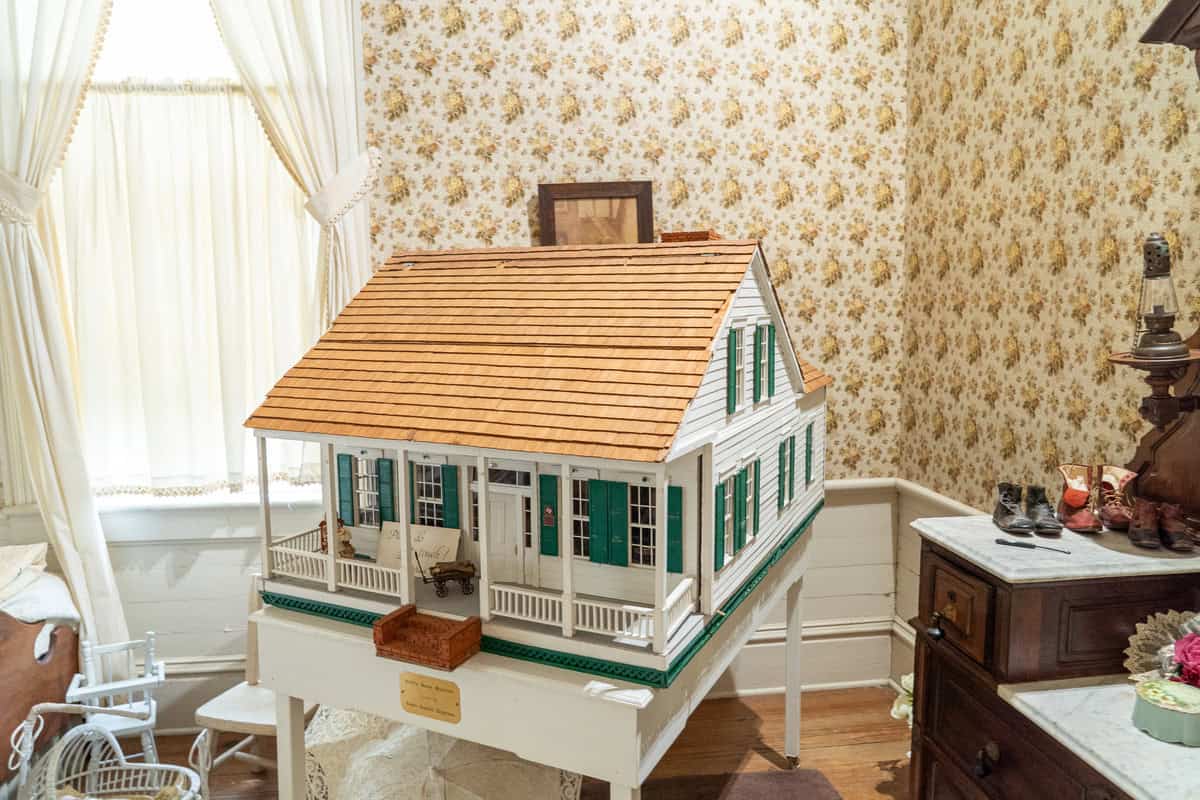
Inside, I was fascinated by the “language of the fan,” a silent code women once used to flirt. The collection also includes courting lamps, cherry pitters, and other curious pieces of daily life from generations past.
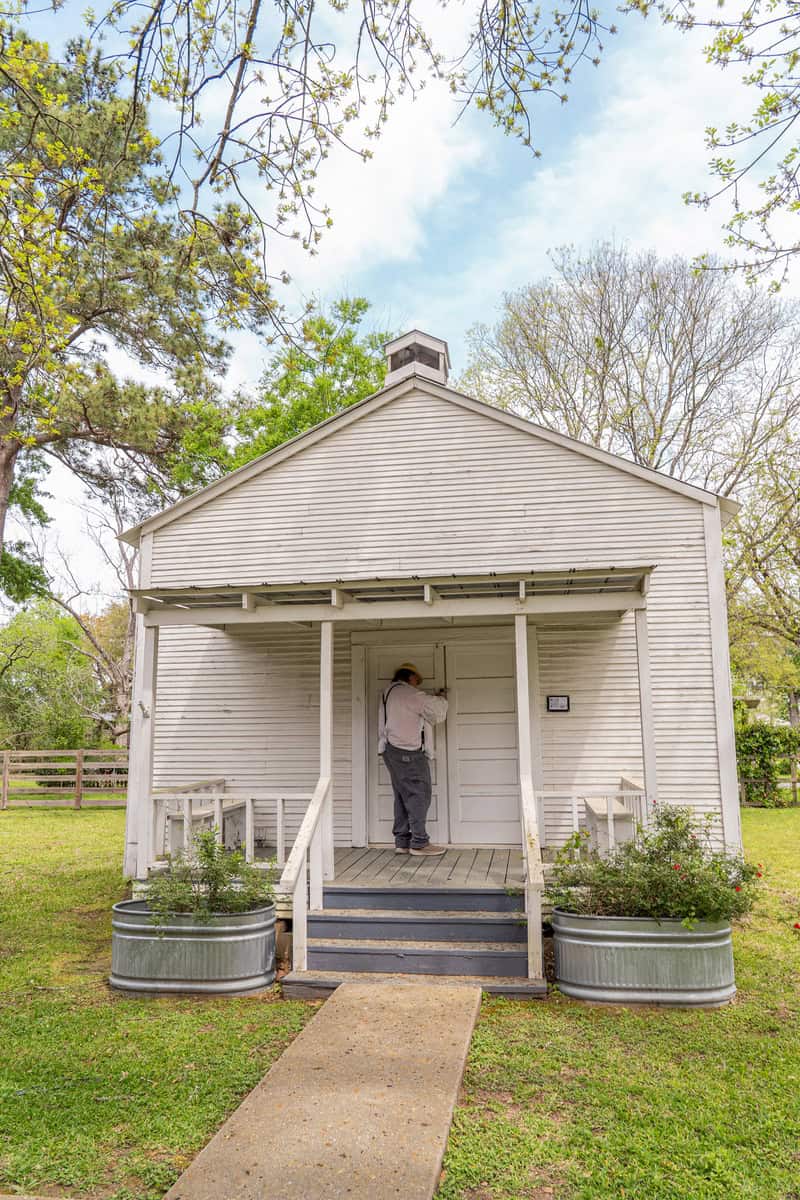
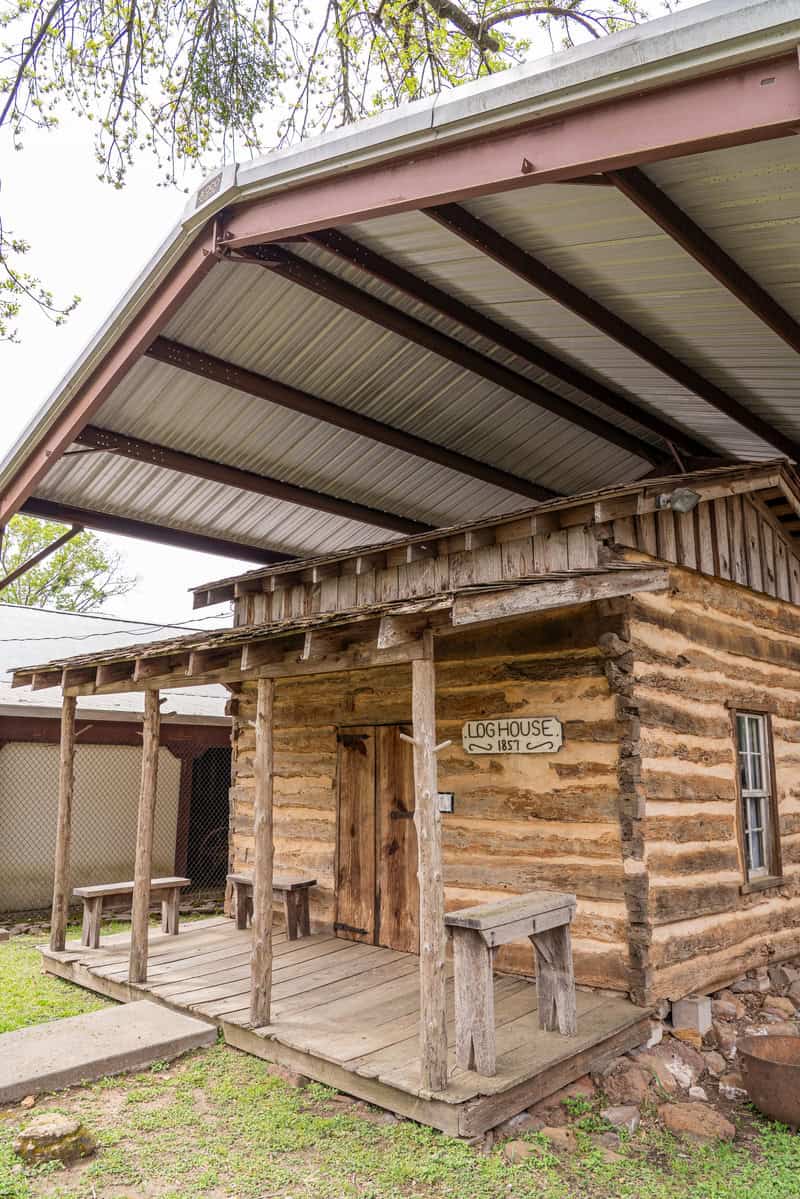
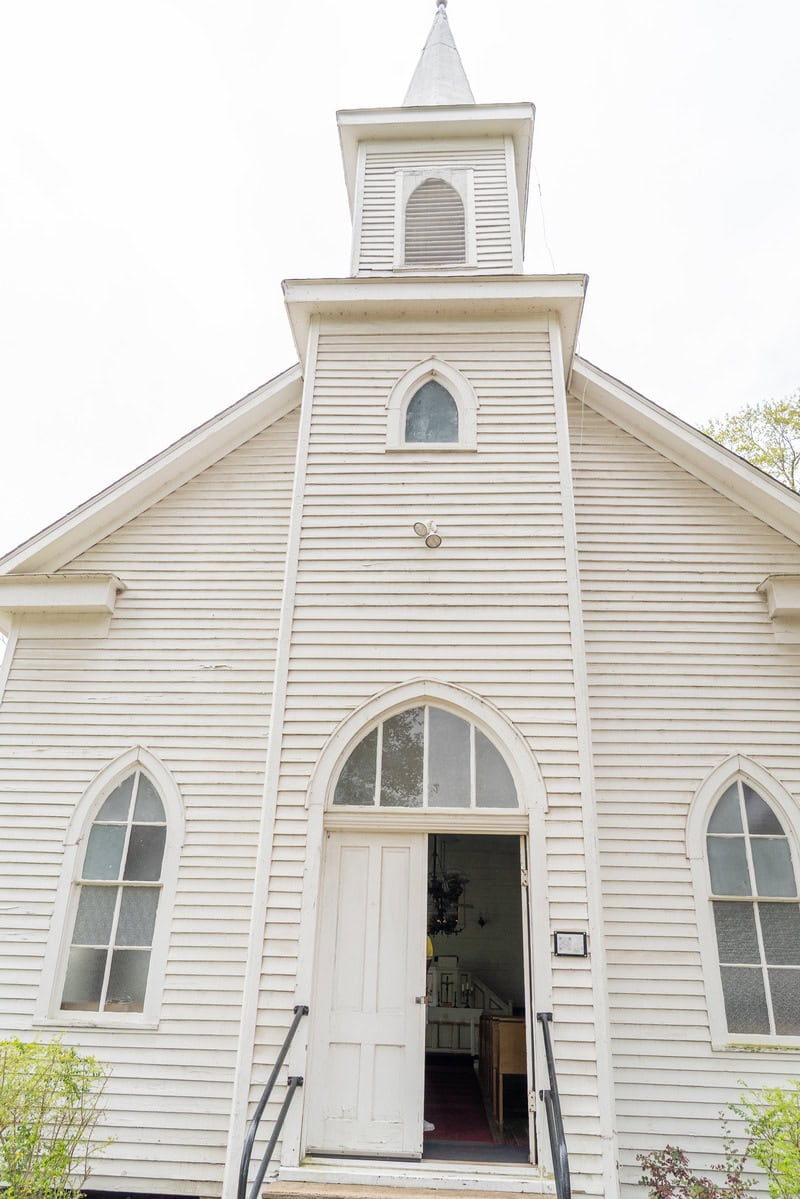
Tours are led by knowledgeable volunteers who offer insight into what life was like for early settlers. If you love hands-on, immersive museums, this is one of the most enriching things to learn about in Tomball.
Railroad Depot Museum: The Town’s Origin Story
The story of how Tomball got its name starts here. Originally called Peck, the town was renamed in 1907 in honor of Thomas Henry Ball, who successfully lobbied to bring the Trinity & Brazos Valley Railroad through the area.
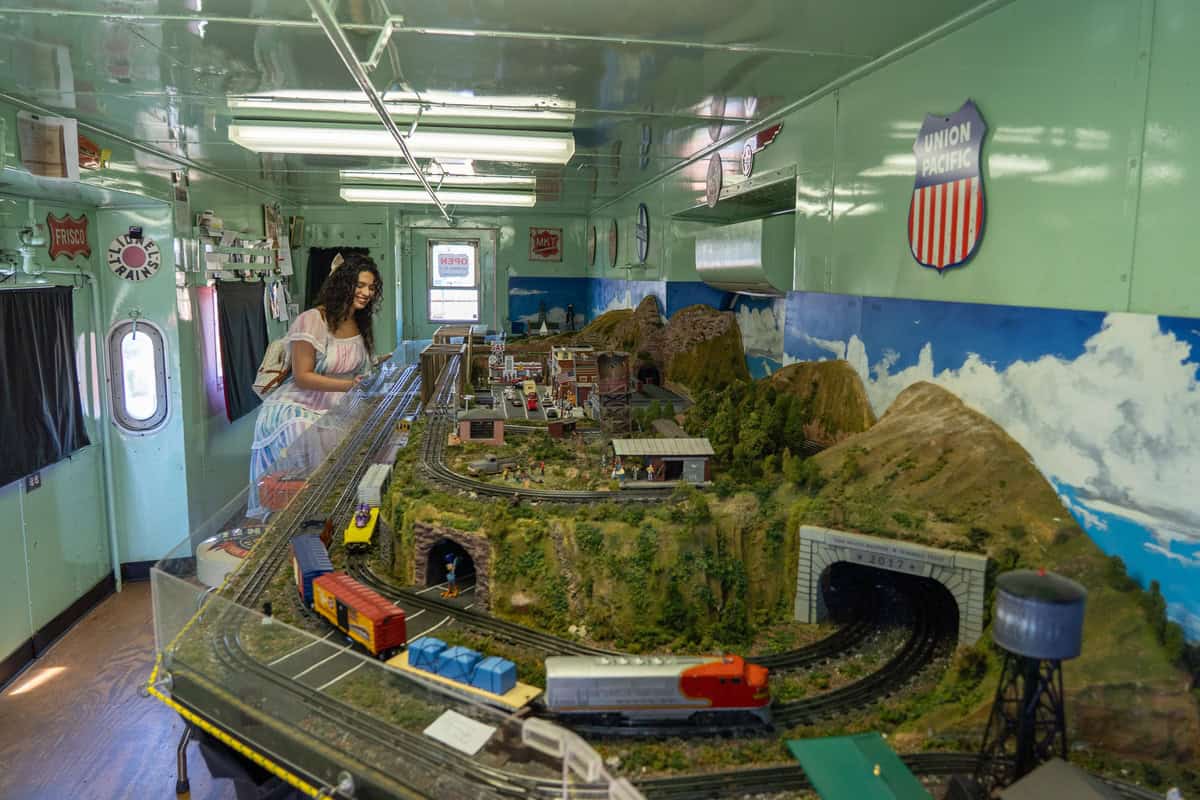
The restored depot now houses exhibits and a beloved model train display by Mr. Dave, whose work has won national awards. As you walk through the waiting rooms and read old railroad documents, you get a sense of how pivotal the railway was to shaping the town’s future.

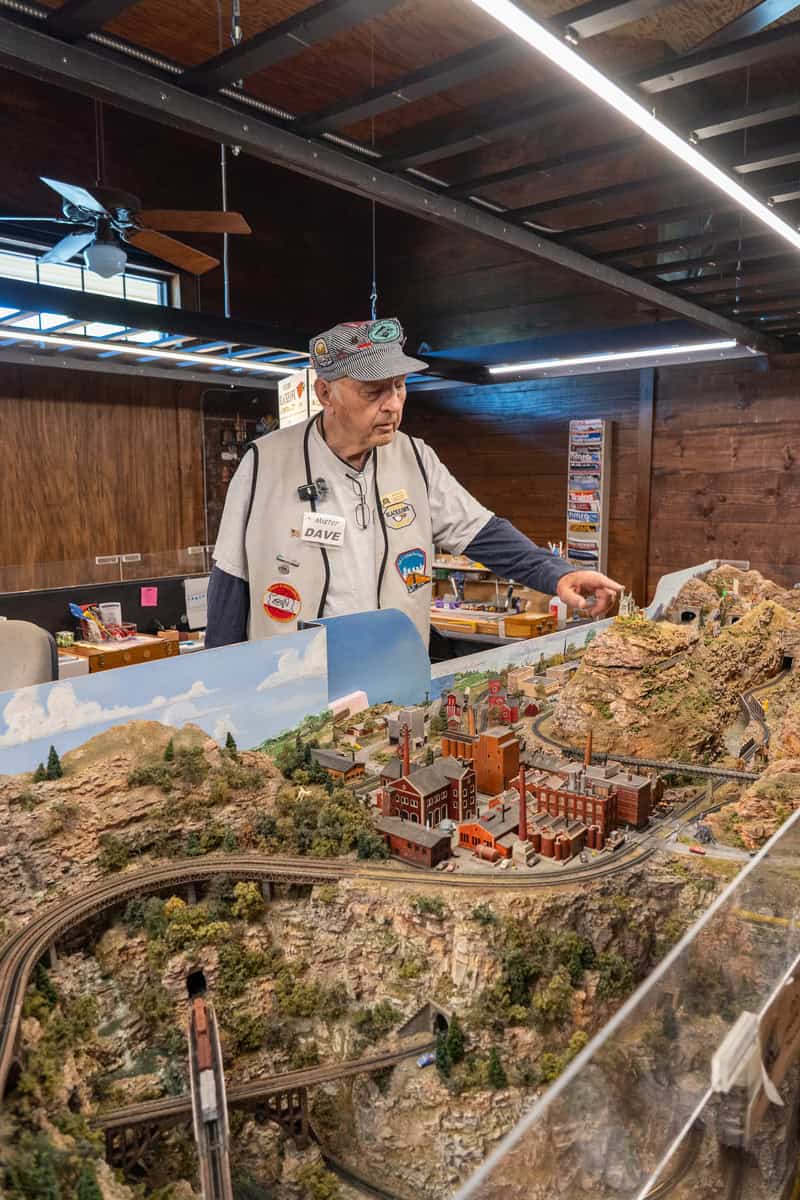
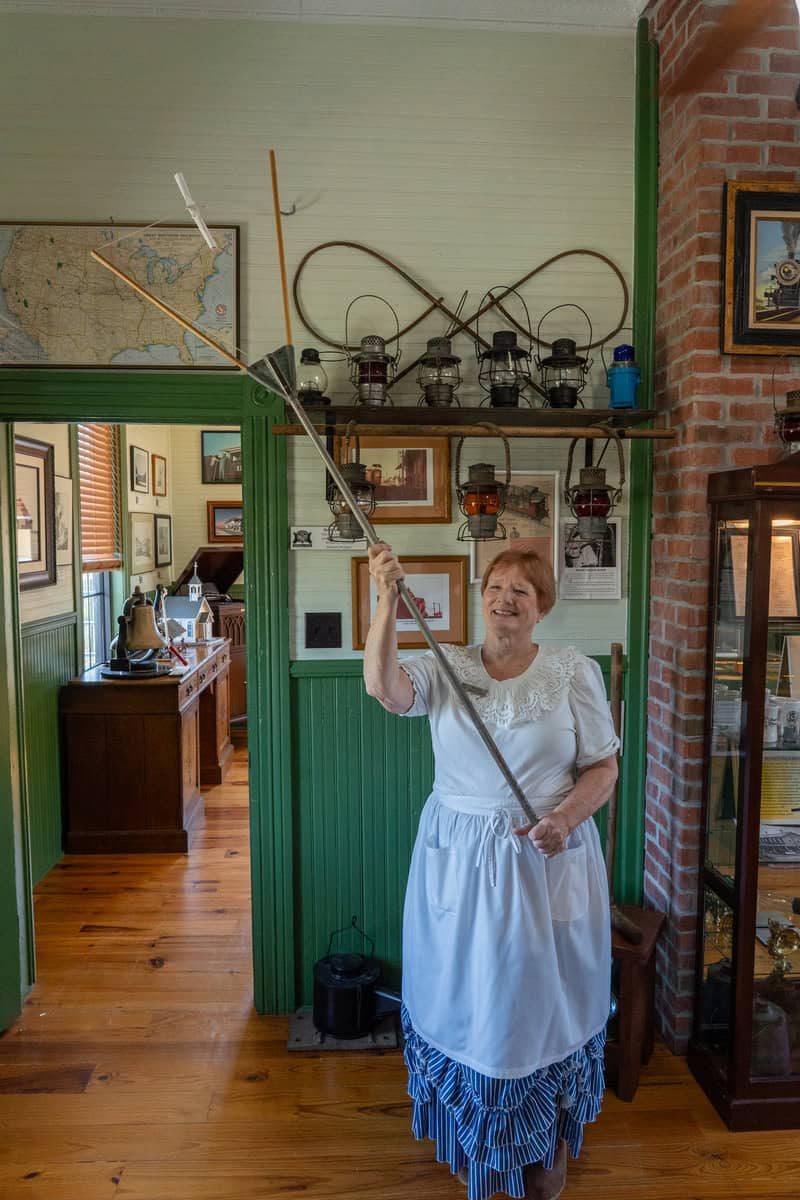
Given Texas’ 1891 laws on railroad segregation, it’s also likely that this depot once mirrored the racial divides of the time-a somber but important context to remember.
Tomball Ghost Tour: History Told Through Lore
This isn’t just about jump scares. The Tomball Ghost Tour blends folklore with local history, sharing stories that illuminate the darker corners of the town’s past. It’s a great way to experience historic places in Tomball after dark.
Black History in Tomball: Stories of Land, Faith & Resilience
One thing that I wish I had seen more of in our Tomball history tours was the Indigenous and African American history in Tomball. With some deep research I was able to learn there’s a lot, but much of it has not been preserved allowing often overlooked communities to also have their history overlooked. Here’s what I was able to find.
While it’s hard to find a museum featuring the Black history of Tomball or historical spots, there have been several records to learn more online like in the Texas Historical Marker Tour, artist talks, news articles that show how and through the work of the Khorville Community Cemetery Preservation.
The Lakey Family
In 1890, Joseph Lakey, an African American railroad worker, purchased 34 acres of land in what was then known as Peck. At a time when Black landownership was rare, Joseph’s purchase marked a powerful act of independence and hope. His family farmed the land, integrated into local economic life, and today, his descendants still carry forward that legacy in Tomball.
Bogs-Hufsmith Cemetery
Founded in 1911, this four-acre site became a safe and sacred space for Black families during segregation. It earned historical landmark status in 2022. Despite challenges-including the theft of fencing in 2024-the cemetery continues to be maintained by a volunteer-run association, preserving this vital piece of Tomball’s African American history.
Kohrville Community
Located just southeast of Tomball, Kohrville was a self-sufficient Black settlement established in the late 1800s by formerly enslaved families. It included a church, school, and cemetery. One of its school buildings is now preserved at the Klein Museum, and the Kohrville Community Cemetery Association continues to honor its legacy today.
The Fellowship at Tomball
Founded in 2023, The Fellowship at Tomball became the city’s first African American church within the city limits. The congregation continues to grow and represents a modern chapter in Tomball’s evolving cultural landscape.
Indigenous History of Tomball: Akokisa Legacy Lives On
Long before oil derricks and train whistles, the Akokisa people made their home here. As a band of the Atakapa, they lived seasonally along creeks and woodlands. They hunted, fished, and traded-living in tune with the land.
Indian Hill
One of the last Akokisa villages in Texas existed right here in Tomball. Known as Indian Hill, this community lasted until around 1922 and was located near present-day Holderrieth Road and FM 2920. Residents continued traditional lifeways while trading fish for fresh bread with early settlers.
Where to Learn More
- Tomball Museum Center In the past, the Tomball Museum Center has had talks about them and hopefully it’s something we see more of the in the future.
- Jesse Jones Park was the site of a major Akokisa settlement along Spring Creek.
- Spring Creek Park has unearthed Indigenous artifacts like arrowheads and pottery.
Many locals still search for arrowheads in the wooded areas and creek corridors that run through northern Harris County-quiet reminders of the region’s earliest inhabitants.
More Historical Spots to Visit in Tomball
Kohrmann Family Cemetery – Linked to Tomball’s German roots, this family plot tells the story of local entrepreneurship and community-building in the late 1800s.
Spring Creek Cemetery – Rediscovered only recently, this site may date back to 1828 and is believed to contain graves of early settlers and freed African Americans.
Willis Woods Cemetery – Near the original settlement known as “The Bottoms,” this burial site includes the graves of early Black families who eventually moved to Kohrville after repeated flooding.
Brill-Mueller House – Located at 2503 S. Cherry Street, this home was built around 1880 and showcases German architectural influences.
St. Anne Catholic Church – This historic church was built on land donated by Humble Oil in 1950 and is part of the religious fabric that shaped Tomball.
Oiltown USA: How Oil Changed Tomball Forever
In 1933, Tomball hit a turning point. When Humble Oil struck oil just southwest of town, everything changed. The town boomed and became known as “Oiltown USA.”
More than 100 million barrels of oil were produced here. In an unusual deal, Humble Oil gave residents free water and natural gas in exchange for drilling rights-a deal that lasted until 1988.
This moment transformed Tomball from a railroad town into a petroleum powerhouse and shaped the community’s development for decades.
Downtown Tomball: A Living Time Capsule
Walking down Main Street feels like flipping through an old scrapbook. Many of the buildings date back to the early 1900s when Tomball was growing thanks to the railroad and oil industries.
Today, you’ll find antique shops, boutiques, restaurants, and bakeries operating out of these preserved storefronts. It’s the kind of place where you can shop for vintage books, grab a bite in a historic café, and imagine what this town was like a hundred years ago.
FAQs
What was the original name of Tomball?
Tomball was originally called “Peck” but was renamed in 1907 in honor of Thomas Henry Ball, a key figure in bringing the railroad to the area.
What city is Tomball, Texas close to?
Tomball is located just north of Houston, roughly 30 miles away. It is also near other prominent cities like The Woodlands (about 8 miles) and Cypress (10 miles).
Exploring the Best of Tomball
After discovering Tomball’s historical spots, check out these blogs below to experience more of Tomball!
- Unique Things to Do in Tomball TX
- Family Friendly Things to do in Tomball
- Free Things to do in Tomball TX
- Best Restaurants in Tomball
- Things to Do at Night in Tomball
BONUS: Get Your Free Texas Travel Guide!

If you want to plan more Texas trips without breaking the bank, I’ve put together over 55 trips in Texas. These come with detailed itineraries to help you plan amazing trips around the state. Each trip costs less than $50 per person. Explore Texas, and you’ll uncover amazing hidden gems and wacky attractions throughout the state!
Not ready to purchase just yet? We’re offering the 1st edition of our 50 Texas Trips Under $50 for FREE! Simply click the button below, then scroll down to grab your copy!
Final Take: Historical Spots in Tomball
From Akokisa winter camps to oil rigs and railroad tracks, Tomball’s past is rich with stories waiting to be uncovered. Whether you’re into cemeteries, museums, old architecture, or cultural history, this small town in Texas offers plenty of meaningful things to learn.
These stories are still alive, and you can discover them without a time machine.. Just a little curiosity and a walk through Tomball’s streets.


Last Updated 8 months ago ago by Jessica Serna | Published: May 14, 2025


